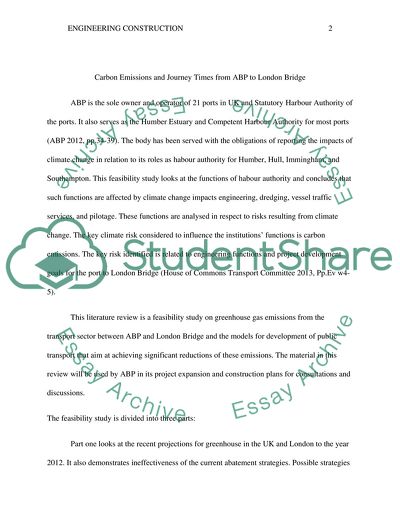Cite this document
(Carbon Emissions and Journey Times from ABP to London Bridge Case Study Example | Topics and Well Written Essays - 2000 words, n.d.)
Carbon Emissions and Journey Times from ABP to London Bridge Case Study Example | Topics and Well Written Essays - 2000 words. https://studentshare.org/engineering-and-construction/1814498-integrated-design-2
Carbon Emissions and Journey Times from ABP to London Bridge Case Study Example | Topics and Well Written Essays - 2000 words. https://studentshare.org/engineering-and-construction/1814498-integrated-design-2
(Carbon Emissions and Journey Times from ABP to London Bridge Case Study Example | Topics and Well Written Essays - 2000 Words)
Carbon Emissions and Journey Times from ABP to London Bridge Case Study Example | Topics and Well Written Essays - 2000 Words. https://studentshare.org/engineering-and-construction/1814498-integrated-design-2.
Carbon Emissions and Journey Times from ABP to London Bridge Case Study Example | Topics and Well Written Essays - 2000 Words. https://studentshare.org/engineering-and-construction/1814498-integrated-design-2.
“Carbon Emissions and Journey Times from ABP to London Bridge Case Study Example | Topics and Well Written Essays - 2000 Words”. https://studentshare.org/engineering-and-construction/1814498-integrated-design-2.


